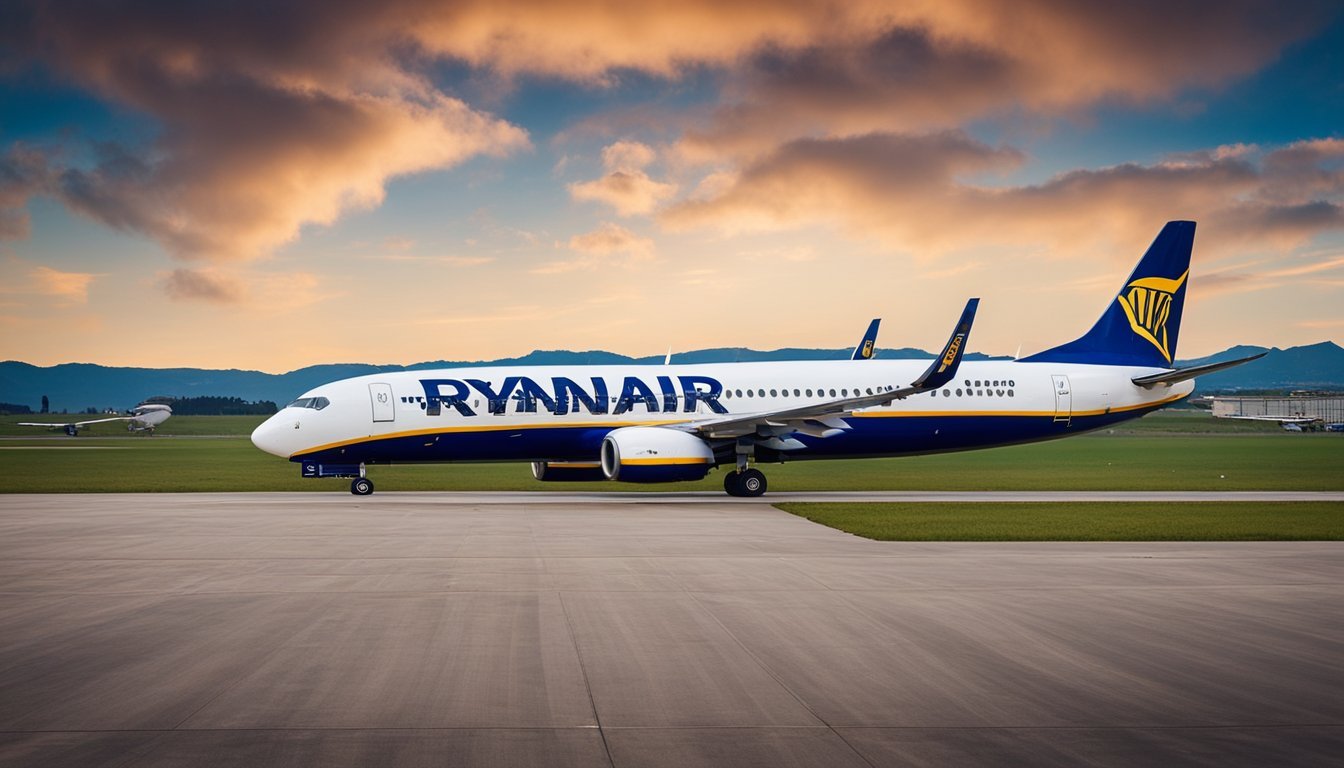Strategic Adjustments Amid Rising Costs
Exciting changes are on the horizon for Ryanair as the airline gears up to revamp its flight schedules and investment strategies in Italy.
Faced with soaring airport costs and expected tax hikes, the carrier is making thoughtful adjustments to its operations within this scenic country.
One of the most notable changes involves Ryanair’s decision to withdraw one of the eleven aircraft currently stationed at Rome Fiumicino, Italy’s busiest airport.
In addition to this move, it has also decided to pause its plans for enhancing services on various routes.
This shift comes in anticipation of a projected 15% increase in airport costs at Fiumicino and an even steeper 44% hike at Ciampino by 2028.
Such financial pressures could have ripple effects on connectivity, tourism, and employment in Italy’s vibrant capital.
Impact of the Proposed Boarding Tax
Eddie Wilson, a Ryanair executive, has voiced his apprehensions about the Italian government’s proposal to increase the boarding tax at major airports, describing it as a move that could have unintended consequences for passengers.
The planned increase of €0.50 has the potential to reshape the air travel landscape in Italy.
For those planning to fly, the suspension of new routes from Rome Ciampino signifies no immediate additions to available services.
Furthermore, reducing one aircraft at Fiumicino raises concerns about possible changes to flight availability this summer, though it remains unclear whether this will lead to fewer flights on specific routes or outright cancellations.
Future Prospects
Despite these challenges, Ryanair remains dedicated to its operations in Rome, where it accounts for over 11% of all weekly departures.
However, the airline has opted not to launch new flights to Sicily, stemming from ongoing disputes over the boarding tax applied at regional airports.
Looking ahead, the conversation is centered on the boarding tax, which currently varies depending on the municipality and sits between €6.50 and €9 per passenger.
While the Italian government seems unfazed by potential backlash against its planned tax increases set for April, Ryanair is carefully evaluating its options.
If the tax hike moves forward, the airline may have no choice but to freeze additional investments or reduce its route offerings even further in Italy.
In conclusion, while Ryanair faces some formidable challenges, its commitment to Italian operations remains steadfast as it navigates the complexities of the financial landscape.
Positive developments could always arise, and the airline is focused on ensuring accessible travel options remain available.
With strategic planning in place, the future looks bright for travelers eager to experience all the wonders that Italy has to offer.

